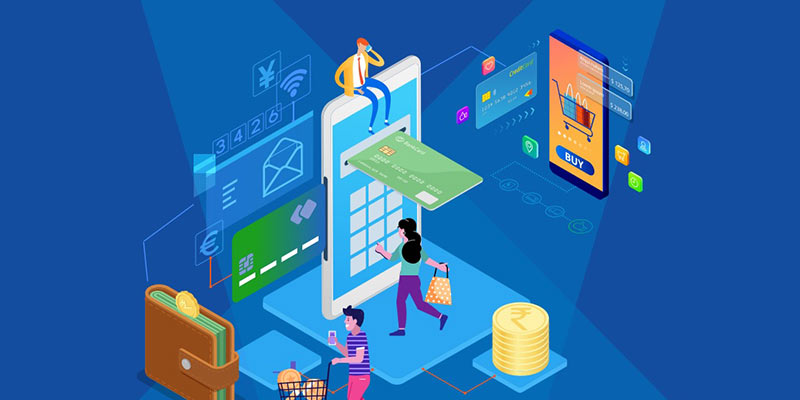DBU in a Nutshell:

- Visualise a mini smart bank booth: stands alone but glowing with tech—like an ATM, kiosk, and branch rolled into one.
- Remember: DBU = Digital Booster Unit—because it accelerates digital banking, even in remote areas.
Smart Table: At-a-Glance Guide
| What | Details |
|---|---|
| Definition | A fixed-point hub with digital infrastructure for banking in self-service & assisted modes. |
| Genesis | Announced in Union Budget 2022–23; 75 DBUs in 75 districts to celebrate 75 years of independence; RBI issued guidelines in April 2022. |
| Eligibility | Any Scheduled Commercial Bank (excluding RRBs, Payments Banks, Local Area Banks) with digital experience; Tier I–VI locations; no RBI permission needed. |
| Operational Modes | – Self-service (24/7): ATMs, kiosks, deposit machines – Assisted (bank hours): Staff help with digital transactions and literacy. |
| Key Services | Account opening, fund transfers, cash deposits/withdrawals, passbook prints, loans, investments, e-KYC, UPI/QRC, bill & tax payments, government schemes onboarding. |
| Unique Features | Digital-first + physical touchpoint; fast, paperless, secure, inclusive; supports both tech-savvy and non-tech users. |
| DBU vs Digital Bank | DBU is NOT a bank—no legal personality or balance sheet. It’s a branch outlet. Digital Banks are full-fledged, licensed entities with balance sheets. |
| Why It Matters | Promotes financial inclusion, digital literacy, ease of living, and efficient banking access, especially in underserved areas. |
Genius Mnemonics & Visual Anchors
- Booth with a Brain: DBU is like a smart booth—physical yet powered by digital brains (infrastructure).
- 75 = Sprint: 75 DBUs in 75 districts—a quick sprint across India! Budget 2022-23, RBI 2022 guidelines.
- Modes: Self + Help —Remember the two heroes: Self-service 24/7 + Assisted during hours.
- Not a Bank—DBU is an Outlet, not a Entity (no ledger, no balance sheet).
- Bridge for All —It bridges tech-savvy and tech beginners, urban and rural.
Why Interviewers Love This Topic
- Touches Digital India, Financial Inclusion, Banking Innovation.
- Relevant for GS Paper 3 (banking sector) and GS Paper 2 (e-governance, inclusive growth).
- Perfect for Mains and Prelims combo questions: definitions, models, comparisons, benefits, challenges.
Pro Tips for Answering in Exams
- Definition + launch context (Budget + RBI guidelines).
- Eligibility + operational model (self-service + assisted).
- Services + benefits (financial inclusion, literacy, efficiency).
- Comparison (DBU vs branch; DBU vs digital bank).
- Use mnemonics (75 Sprint, Booth with a Brain).
- End with significance—supporting Digital India and inclusive growth.
